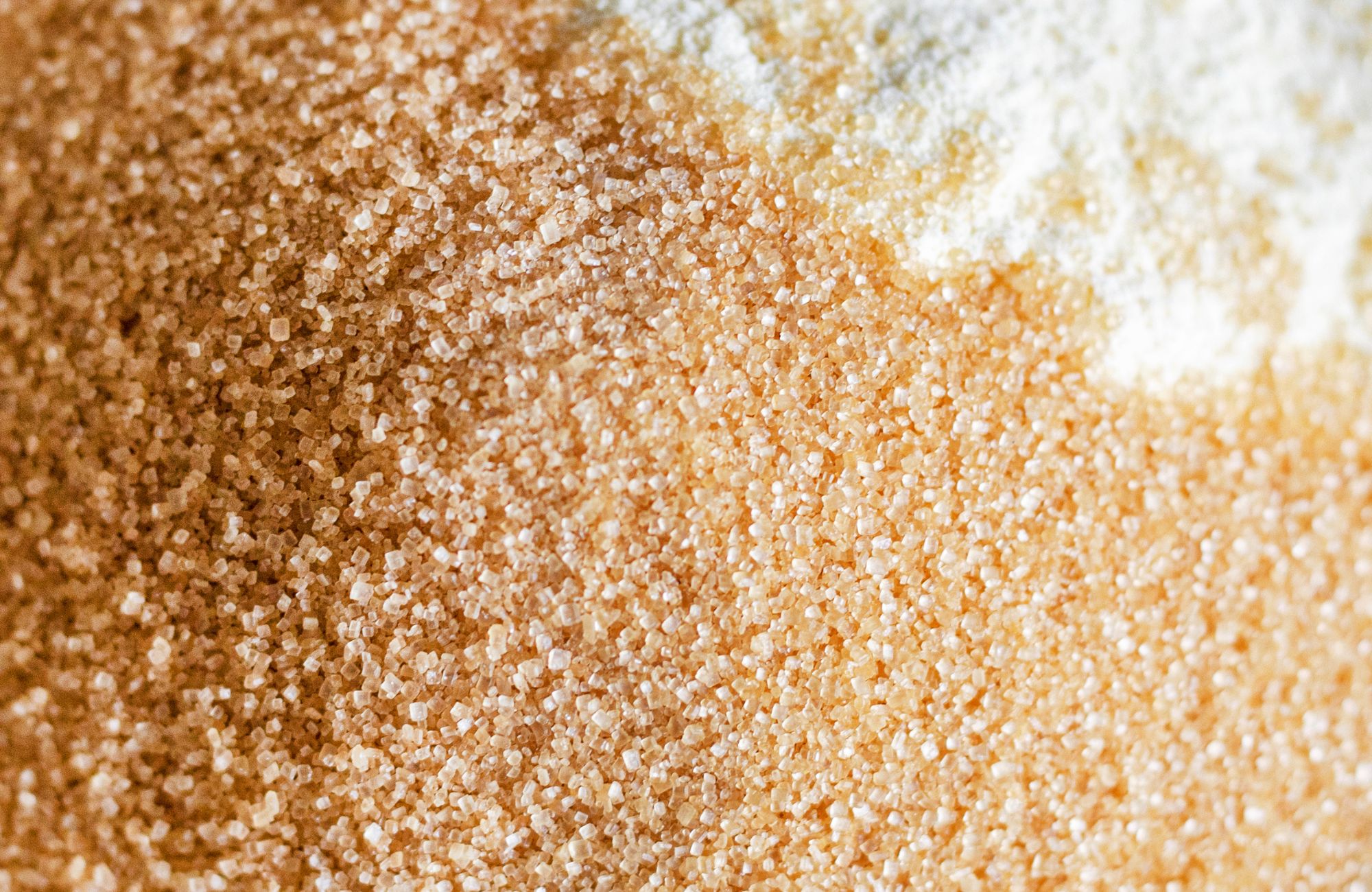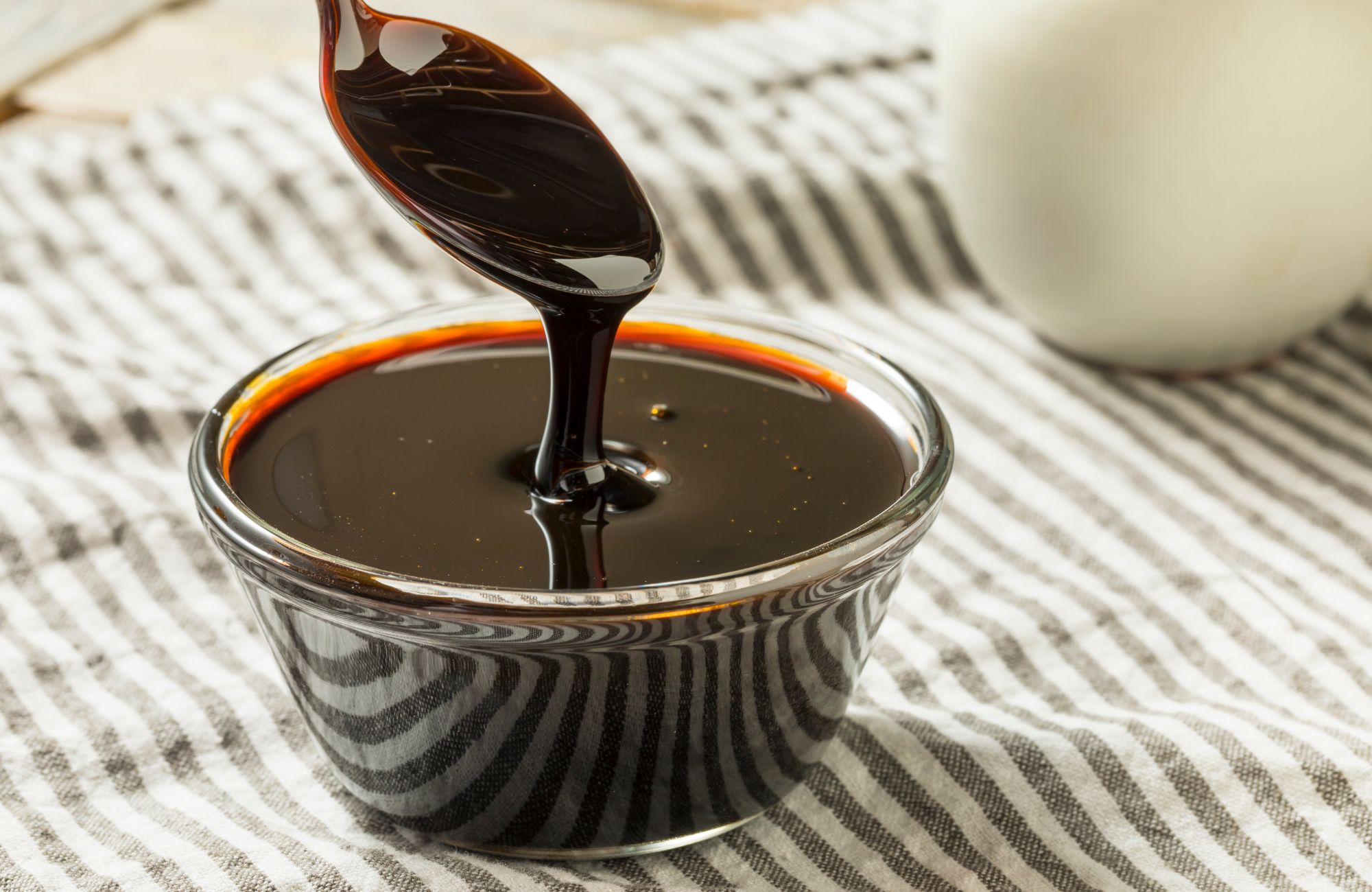
Is Cane Sugar Brown Sugar?
Have you ever stood in the baking aisle, staring at the various types of sugar and wondering what makes them different? You’re not alone. One of the most common questions we hear is whether cane sugar and brown sugar are the same thing. The short answer? No. But understanding why is fascinating and can make a real difference in your cooking and baking adventures.
What is Sugar?
At its core, sugar is a crystalline substance that serves as one of the most common sweeteners worldwide. Whether it comes from sugar cane or sugar beet fields in cooler climates, the basic molecular structure remains the same. However, the processing methods and additional compounds present can create distinct varieties with unique properties:
- White Granulated Sugar: The most highly refined option, processed to remove all traces of molasses
- Raw Sugar: Minimally processed, retaining some natural molasses
- Cane Sugar: Specifically derived from sugarcane plants
- Brown Sugar: White sugar with molasses added back in
- Unrefined Sugar: Processed minimally to retain natural compounds
The Sugar Production Process
The journey from plant to table sugar is fascinating. In a sugar mill, either sugar cane or sugar beet undergoes several stages of processing:
- Extraction: The plants are crushed to extract their sweet juice
- Clarification: The juice is cleaned and filtered
- Crystallization: Sugar crystals form through careful evaporation
- Separation: Crystals are separated from the remaining molasses
- Refinement: Optional further processing to create white sugar
This process can be stopped at different points to create various types of sugar, from highly refined white sugar crystals to more natural, unrefined options with higher molasses content.
Cane Sugar
When we talk about cane sugar, we’re specifically referring to sugar derived from the sugarcane plant. This tall, grass-like plant has been cultivated for its sweet cane juice for thousands of years, particularly in tropical regions and South America. But what exactly makes it unique?
Types of Cane Sugar
Cane sugar comes in several forms, each with its own characteristics:
- Raw Cane Sugar: Minimally processed, containing natural molasses
- Refined Cane Sugar: Processed to remove impurities and most molasses
- Unrefined Cane Sugar: Retains more natural compounds and minerals
- Turbinado Sugar: A partially refined raw cane sugar
- Demerara Sugar: Light brown, with large crystals and slight molasses flavor
Brown Sugar
Despite their similar appearance, brown sugar is quite different from natural cane sugar. Traditional brown sugars are actually made by either leaving some molasses in during processing or adding it back to refined white sugar crystals.
What Makes Sugar Brown?
The rich brown color comes from molasses content, whether it’s:
- Naturally retained (as in raw cane sugar)
- Added back (as in regular brown sugar)
- Never removed (as in unrefined brown sugar)
Types of Brown Sugar
Modern brown sugar varieties include:
- Light Brown Sugar: Contains about 3.5% molasses, giving it a subtle caramel flavor and a free-flowing texture, ideal for everyday baking.
- Dark Brown Sugar: With 6.5% molasses, it has a stronger molasses flavor and retains moisture well, perfect for rich, dark baked goods.
- Granulated brown sugar: Specially processed to prevent clumping, it has a texture similar to granulated sugar and is often used in commercial baking.
- Muscovado Sugar: An unrefined brown sugar with natural molasses, offering a deep flavor and slightly coarse texture, great for specialty baking.
Key Differences Between Cane Sugar and Brown Sugar
Understanding the distinctions between cane sugar and brown sugar is crucial for both cooking and making informed dietary choices. Let’s break down their key differences:
Physical Characteristics and Flavor Profiles
Cane sugar has larger, more free-flowing crystals with a slightly coarser texture. Its color can range from golden to brown, depending on the level of processing. In contrast, brown sugar has finer crystals that are more prone to clumping. Its softer, moister texture comes from the added molasses, which also gives it a consistent brown color.
The flavor difference between the two primarily comes from molasses. Cane sugar offers a natural, subtle sweetness with light caramel notes and a clean finish, making it less intense than brown sugar. Brown sugar, on the other hand, has a richer, more complex sweetness with strong molasses and caramel undertones, resulting in a bolder, deeper flavor.
Culinary Applications
The type of sugar in a recipe affects flavor, texture, and moisture. Cane sugar provides a clean, subtle sweetness, making it ideal for light baked goods, beverages, and general sweetening without adding moisture. Brown sugar, with its richer flavor and higher moisture content, is perfect for cookies, brownies, and barbecue sauces, enhancing recipes that need deep sweetness and better moisture retention.
Beyond flavor, sugar choice impacts baking outcomes. Brown sugar helps keep baked goods soft and chewy, while cane sugar creates a crispier texture. Each affects rising and spreading differently, so substituting one for the other may require adjustments to maintain the intended texture and structure.
Storage and Handling
Cane sugar should be stored in an airtight container to prevent contamination but does not require special moisture considerations. It stays free-flowing, is less likely to clump, and has a longer shelf life. Brown sugar, however, needs airtight storage to prevent drying out and clumping. Its higher moisture content makes it prone to hardening over time, requiring softening techniques like adding a damp paper towel or a slice of bread to restore its texture.
Health Considerations
From a health perspective, here are the key points to consider:
Blood Sugar Impact
Both cane sugar and brown sugar affect blood glucose levels in a similar way. Neither type offers a significant advantage for diabetics, as their glycemic index is nearly identical. Regardless of the type, both should be consumed in moderation to maintain balanced blood sugar levels.
Processing Levels
Unrefined cane sugar undergoes minimal processing, retaining more natural elements from the sugarcane plant. In contrast, traditional brown sugars are more processed, often with molasses added back after refinement. Despite these differences, both are classified as added sugars in dietary guidelines and should be consumed in moderation.
Nutritional Benefits
While unrefined sugar options contain slightly more minerals, the amounts are too small to provide significant health benefits. Since both cane sugar and brown sugar are still forms of added sugar, they should be consumed in moderation as part of a balanced diet.
Conclusion
Whether you’re baking cookies, crafting BBQ sauce, or sweetening your morning coffee, understanding the difference between cane sugar and brown sugar can significantly impact your results. From cane sugar’s natural sweetness to brown sugar’s rich molasses flavor, each type serves its unique purpose in the kitchen.
Ready to find the perfect sugar for your recipes? At US Sweeteners, we offer premium-quality traditional brown sugar, specialty cane sugars, and more sweeteners. Contact us today and explore our selection to find the right sweetener for your needs.
FAQs
Is cane sugar the same as brown sugar?
No, cane sugar and brown sugar are distinct products – cane sugar comes directly from the sugarcane plant and retains its natural molasses content, while brown sugar is typically made by adding molasses back to refined white sugar crystals.
How to substitute cane sugar for brown sugar?
You can substitute cane sugar for brown sugar in a 1:1 ratio, but since cane sugar is drier, you might need to add a tablespoon of molasses per cup or slightly increase the recipe’s liquid content to achieve similar moisture and flavor.
Can I substitute white sugar for cane sugar?
Yes, white granulated sugar can be substituted for cane sugar in a 1:1 ratio in most recipes, though you might notice a slight difference in flavor since cane sugar retains more natural molasses compounds.
What is another name for brown sugar?
Traditional brown sugar is sometimes called “soft brown sugar” or “molasses sugar,” while natural brown sugar varieties include muscovado sugar, demerara sugar, and turbinado sugar.
What’s the difference between brown cane sugar and refined sugar?
Brown cane sugar is minimally processed sugar from sugarcane that naturally retains its molasses content, while refined sugar has been processed to remove all molasses and impurities, resulting in pure white crystals.



Leave a Reply